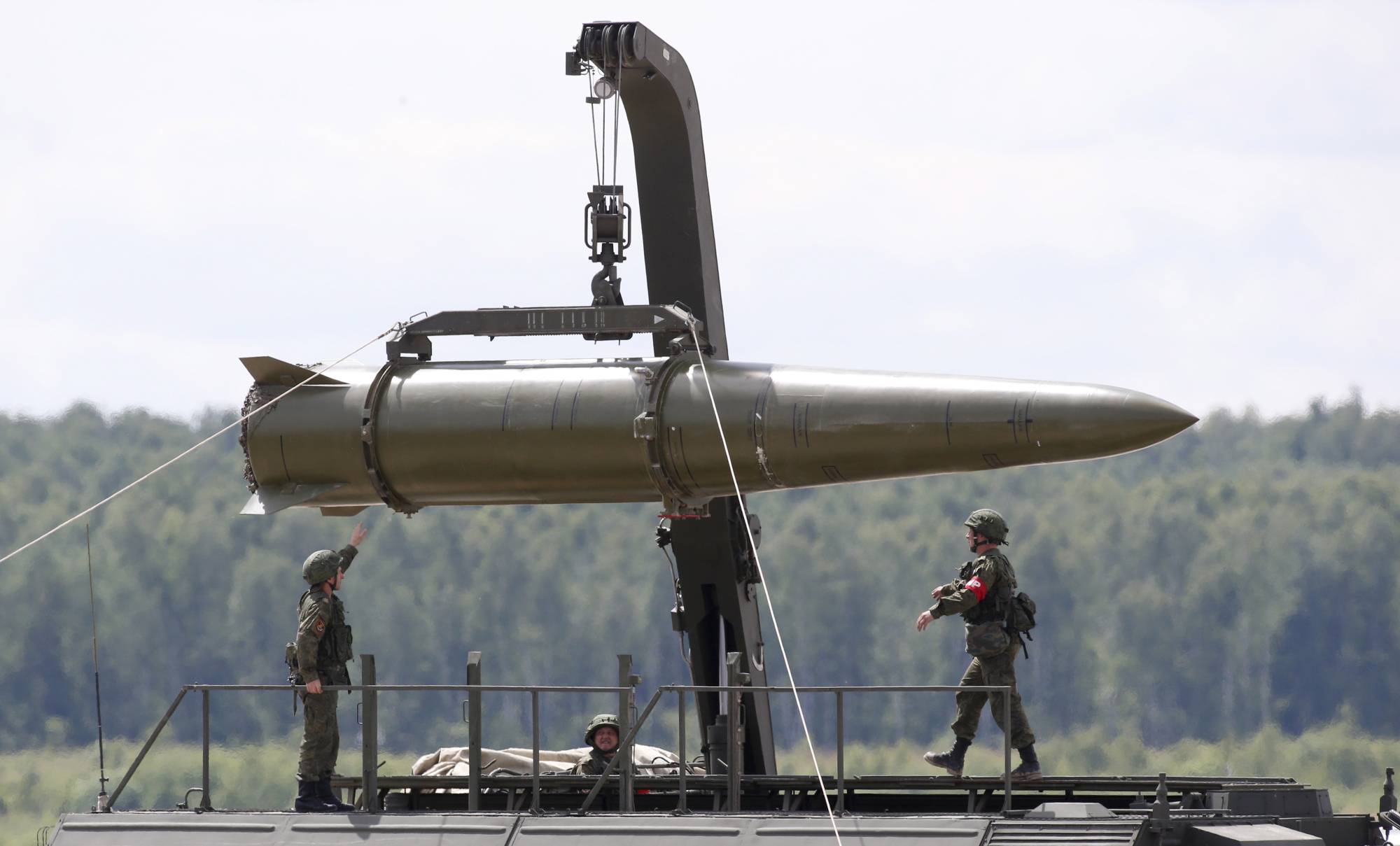In destructive power, the behemoths of the Cold War dwarfed the U.S. atomic bomb that destroyed Hiroshima. Washington’s biggest test blast was 1,000 times as large. Moscow’s was 3,000 times. On both sides, the idea was to deter strikes with threats of vast retaliation — with mutual assured destruction. The psychological bar was so high that nuclear strikes came to be seen as unthinkable.
Today, both Russia and the United States have nuclear arms that are much less destructive — their power just fractions of the Hiroshima bomb’s force, their use perhaps less frightening and more thinkable.
Concern about these smaller arms has soared as Russian President Vladimir Putin, in the Ukraine war, has warned of his nuclear might, has put his atomic forces on alert and has had his military carry out risky attacks on nuclear power plants. The fear is that if Putin feels cornered in the conflict, he might choose to detonate one of his lesser nuclear arms — breaking the taboo set 76 years ago after Hiroshima and Nagasaki.



















With your current subscription plan you can comment on stories. However, before writing your first comment, please create a display name in the Profile section of your subscriber account page.